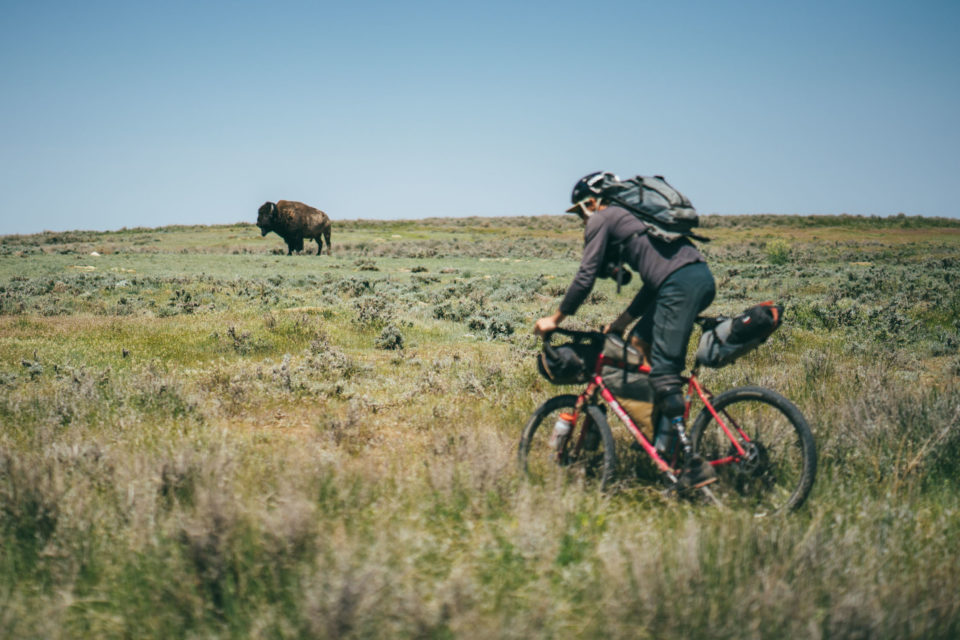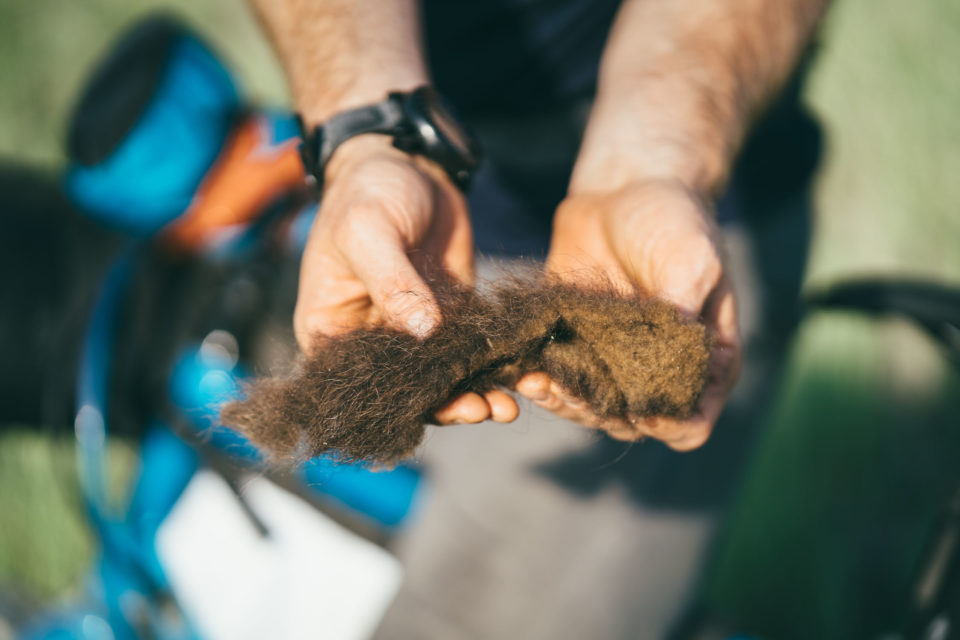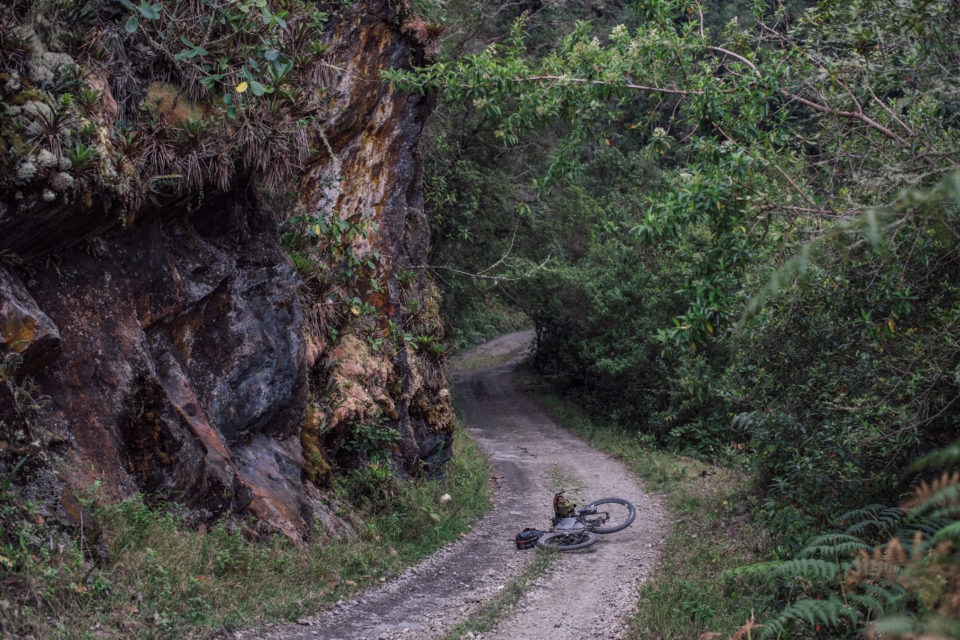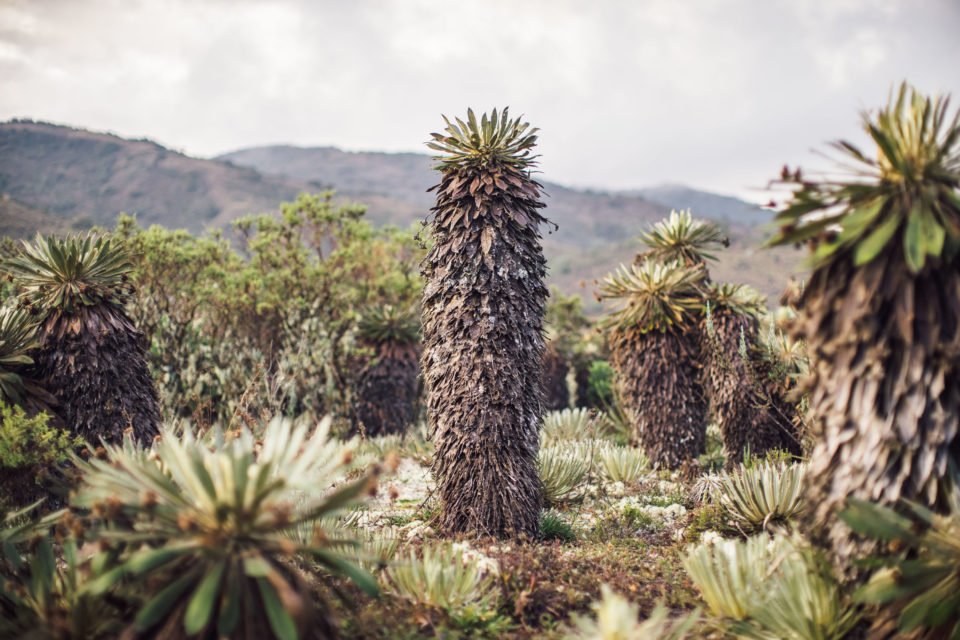Bikepacking and Conservation
Bikepacking routes provide a transcendent link to our natural world, indigenous and historical narratives, and other cultures. Read on to find out about what this means for our ever-evolving network of bikepacking routes around the globe….
When I started bikepacking nearly a decade ago, I quickly realized just how positively impactful bikepacking routes could be. And not just for me personally, but also for the communities they pass through and the planet as a whole. Researching maps and the inherent observational pace of bike travel led me to experience places, people, and ecosystems more intimately than I had with any other form of travel. The tempo of the changing landscape, its intrinsic self-supported nature, discovering unknown in-betweens, and having meaningful interactions along the way all provided a much deeper experience than I ever expected.
It was that level of immersion and prospect for learning—while traveling and during the planning process—that drew me into obsessing over routes, planning new ones, and eventually led to our bikepacking routes map initiative in 2014. There weren’t too many existing routes back then; most were established race courses, or classics such as the Kokopelli Trail… or semi-defunct mountain bike routes such as the Virginia Mountain Bike Trail. Even so, each was a stitchwork exploring a unique story of its area’s geographic, indigenous, and historical narratives, as well as its complex interweave between public and private lands. All of this could be unlocked and understood through studying maps and absorbing your surroundings as you navigate along the route. Not only was it an immensely enjoyable experience, it was a medium for awareness and change.
These same precepts inspired me and a few others to purposefully design and share bikepacking routes to further tell the stories behind these places, connect relevant dots on the landscape, and explore countries and regions with a purpose. Over the past few years we’ve been fortunate enough to have the opportunity to advance this effort and work alongside other organizations and causes to design bikepacking routes that delve into places and unravel issues that threaten lands and ecosystems. We think these collaborative relationships are a perfect fit.
Although some aspects of travel can be double-edged swords in this day and age, outdoor activities and adventure sports undoubtedly provide a massive economic impact that has the potential to curb the exploitation and destruction of land—it’s important we don’t underestimate this factor. Bikepacking is quickly becoming a relevant part of this equation, and building a bridge between conservation and bikepacking is a cornerstone of our mission with BIKEPACKING.com and the Bikepacking Collective. As readers, we hope you’re equally excited about this goal and continue to be engaged as we push it forward.
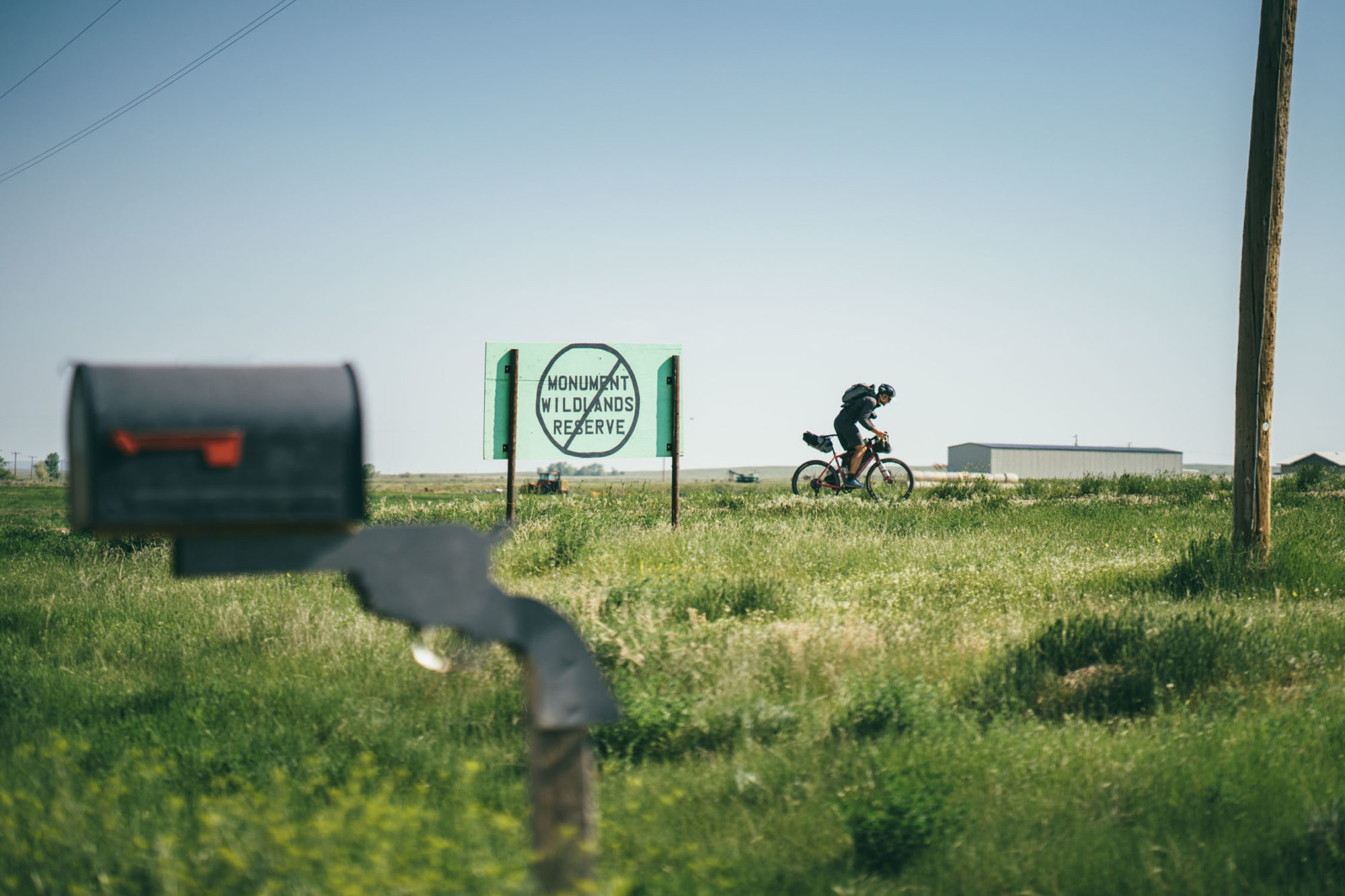
Recent Projects
While all bikepacking routes can be conduits for knowledge and exchange, we are especially proud of two recent projects that are direct results of our coordinated effort to merge bikepacking and conservation.
Released last year, the Prairie Breaks bikepacking route in Montana was a project supported by Patagonia and the American Prairie Reserve, in cooperation with conservation photographer Joel Caldwell. We designed a 5-7 day loop that explores what will eventually be the largest contiguous tract of public land in the United States. The American Prairie Reserve and its surroundings are home to a unique range of flora and fauna that are being protected in an effort to restore one of America’s great ecosystems.

More recently, we’ve spent the last eight months working diligently with Conservation International on an exciting weeklong bikepacking route that explores the relationship between Bogotá, Colombia, and its surrounding high-altitude Paramos, an incredible, remote, and specialized ecosystem that provides 70% of Bogotá’s fresh water. Stay tuned for a documentary, full route guide, and more on this exciting project later this fall.
Get Involved
We’re constantly looking for new areas and situations that need attention, and would love to hear from you. Use the form below to suggest a conservation corridor that could benefit from a bikepacking route, film, stories, or social coverage. Conservation corridors might include areas undergoing restoration initiatives, threatened zones, unique ecosystems that could benefit from awareness, areas with active public lands threats, or places that simply need to be protected. These could be areas with the potential for a new route, an area on an existing route that needs focus and attention, or even a route that you have in the works that might benefit from our collaboration.
Bikepacking and Conservation
Please keep the conversation civil, constructive, and inclusive, or your comment will be removed.








